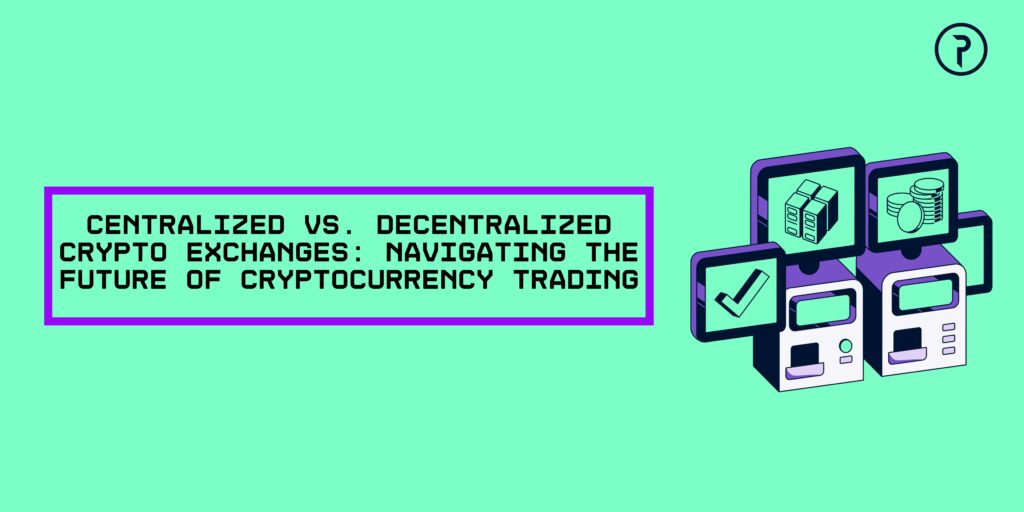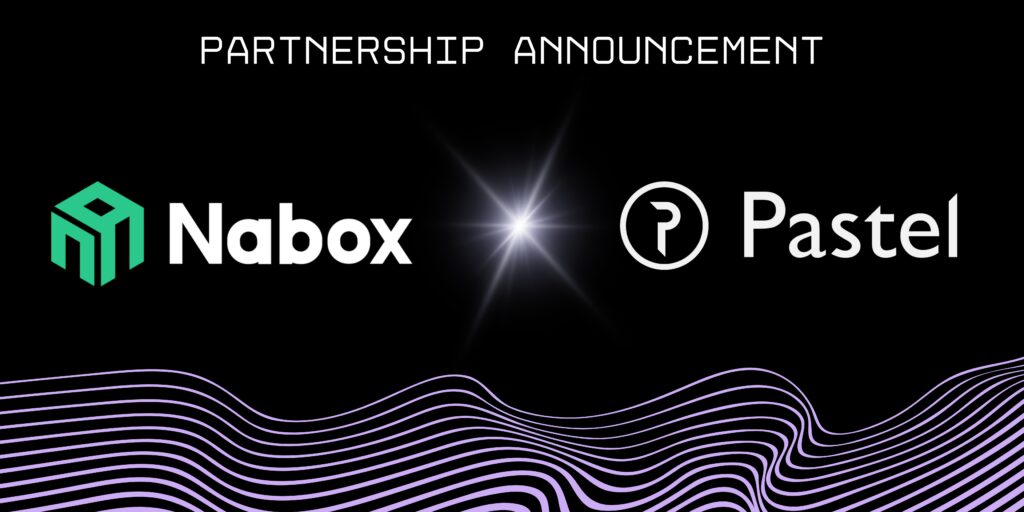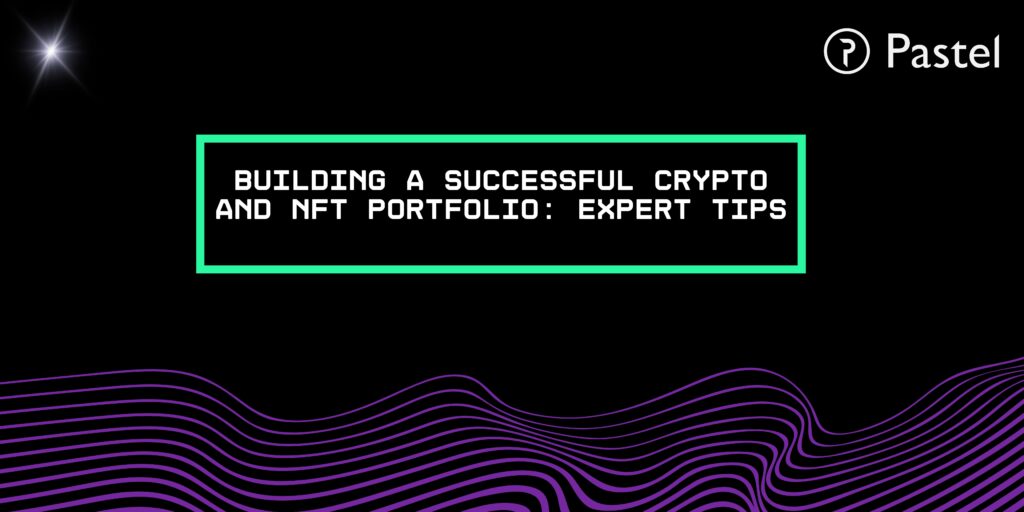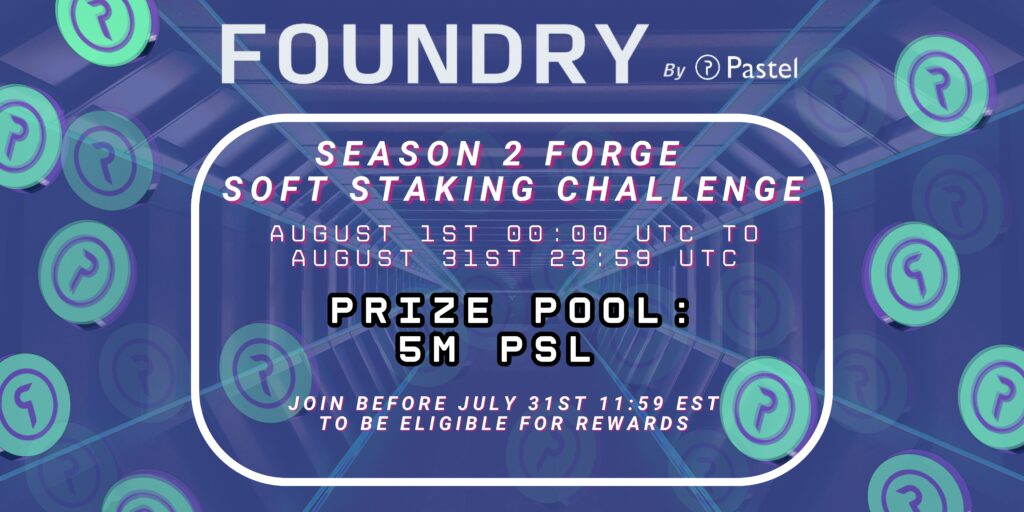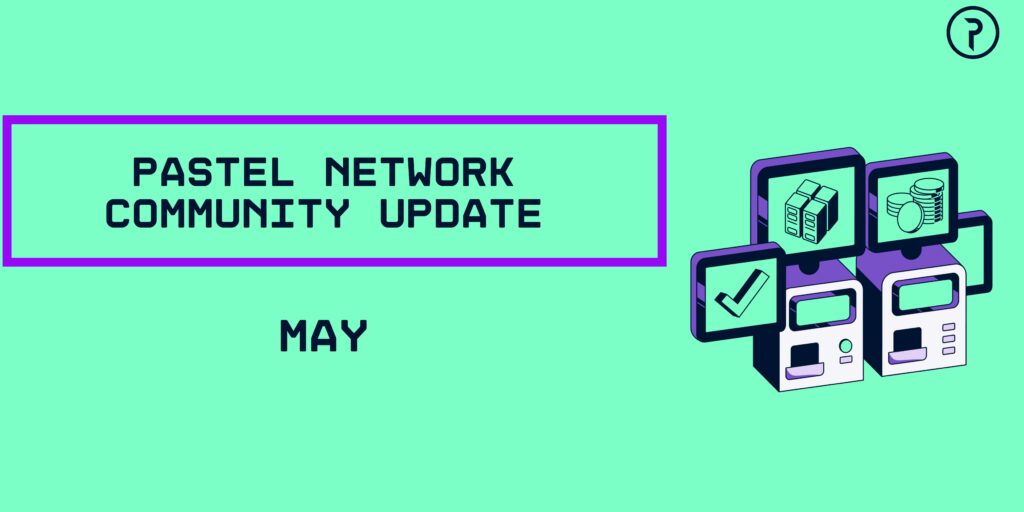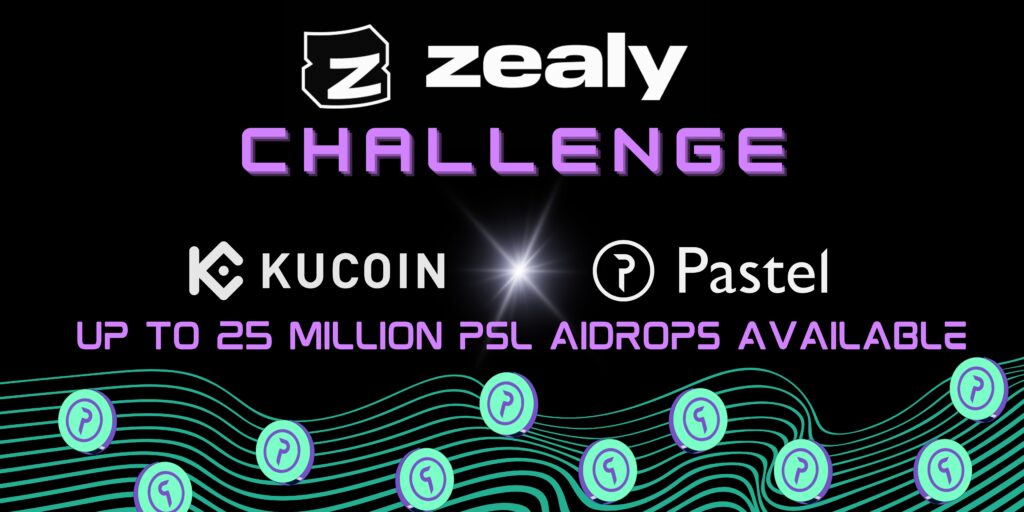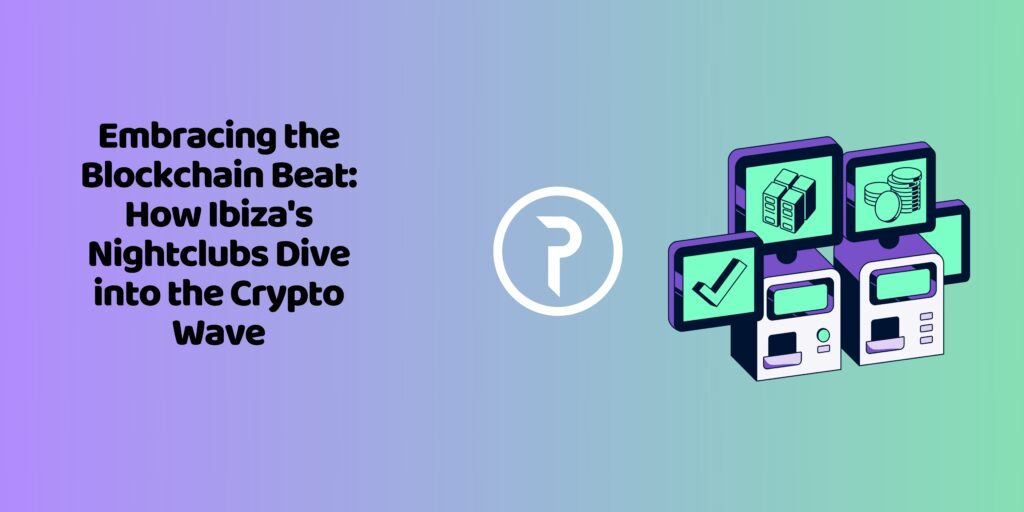The final phase of the Pastel Cezanne Testnet is live!
The Cezanne Testnet upgrade is our largest release to date — having been under development for over 6 months — and marks the beginning of a new chapter for the Pastel Network.
Cezanne brings countless improvements to both user & NFT functionality — such as registration, minting, transferring, and trading — alongside unrestricted access to advanced protocols like Sense and Cascade via interoperable Open-APIs, seamless composability, improved token economics, and the most powerful protocol standard for the Web3 ecosystem.
Continue reading to learn more about each new update, feature, and improvement. We will also discuss upcoming plans for Mainnet release.
Full stable release source code is available here.
Unrestricted NFT Functionality
One of the largest updates for the Cezanne Testnet Release is unrestricted NFT accessibility on the network. Users are able to fully create persistent identities (‘PastelIDs’) on the network, and then use these to create, register, transfer, and trade NFTs via our layer-1 protocol. This release is instrumental in ensuring that new users — whether they are individual creators, communities, or applications — can seamlessly mint NFTs for a variety of use-cases on the Pastel protocol itself using our advanced Smart Ticket structure.
Various Smart Tickets have been added, improved, and upgraded to support all of the necessary NFT-related information on the network, ensuring even more application flexibility and functionality. Stored in a simple and secure format, information is easily written, transmitted and subsequently signed by relevant nodes on the network. Various Smart Tickets implement all requirements to support:
- User Information
- Creator and Collector PastelIDs
- NFT Minting
- NFT Collections
- NFT Transfers, Trades, and Auctions
The benefit of this system is that it provides a highly powerful and generic framework for encapsulating all sorts of structure, features, and functionality that can be easily leveraged by users minting directly on the protocol, third-party developers building entire decentralized-applications on the Pastel Network, or decentralized ecosystems seeking cross-chain composability.
In addition, the declarative and static nature of Smart Tickets means that there is no risk to end users from subtle bugs or edge cases in custom smart contracts. Instead, all the required logic for handling tickets and performing related computations is done in the node software itself, operating at the protocol level.
Web3 OpenAPIs
The future of the Web3 ecosystem relies upon trustless applications that interact with Web APIs. As a native layer-1 blockchain, it is important that any user around the world can access the functionality powered by Pastel via simple and secure Web API calls.
Users can now interact directly with the Pastel Network via context-specific APIs, which can be done directly from native full nodes or from smart contracts via off-chain services. To support this functionality, we have upgraded the core Pastel software (‘pasteld’) to provide new types of Smart Tickets for each action type such as Activation, Status, or Retrieval events. This also extends to native Sense and Cascade protocol-level calls, making it even easier for ecosystem partners to interact with our network.
Sense Protocol
Sense is a lightweight protocol on the Pastel Network, built to assess the relative rareness of a given NFT versus all previously registered NFTs on the network. Sense can recognize the most subtle similarities between two digital collectibles, even if one has been transformed. The protocol goes beyond the standard “digital fingerprint†approach to establishing the rareness of an NFT and actually looks at the rareness of the pixel patterns in data. While digital fingerprints do allow users to verify that an NFT was created by a particular creator, this is a fairly weak form of rareness. Sense solves this problem by assigning a ‘Relative Rareness Score’ to quantify how rare an NFT is relative to all NFTs in the underlying dataset.
See how it works first hand in our Demo.
Pastel’s Sense Protocol saw a dramatic facelift to make it even more powerful and robust against transformations through new methods of fingerprint analysis, statistical correlation, and rareness computations.
When a user registers an image as a new Pastel NFT or applies Sense via OpenAPI to an NFT from another blockchain, the Sense software analyzes the pixel data in this new “candidate†NFT and, using powerful Deep Learning models, generates a fingerprint vector (a set of ~1,500 numbers) which characterizes the visual structure of the candidate image in a very particular way. This allows the system to quickly compare this fingerprint vector to the fingerprints of all previously registered images on the Pastel Network, and for each one, precisely measure the visual similarity of that image versus the candidate image. This measure of visual similarity is robust to all sorts of transformations, allowing it to basically “see through†any superficial changes to an image. If any previously registered image is “too similar†to the candidate image, then this results in a lower “rareness score†for the candidate image.
We further modified how each WalletNode processes fingerprint data calculated by SuperNodes in order to dramatically decrease the time between asset registration and Sense analysis.
Through these method refinements and upgrades, we have more insight into image recognition and rareness than ever before. Sense provides users with the ability to define the relative rareness of their NFT with the highest level of precision. This release just made Sense even more capable.
Cascade Protocol
Cascade is an integrated, decentralized storage layer based on two powerful ideas from computer science: distributed hash tables (DHTs) and fountain codes (in particular, RaptorQ). Pastel ensures that the digital asset itself (e.g., an image file) is uploaded, verified, and registered on the Pastel Network, rather than just some brief metadata describing the asset with a link to an externally hosted file which might be unavailable in the future. Through a series of smart tickets living on the Pastel ledger, creators can store their assets in a distributed fashion across a variety of SuperNodes. The objective is that in 20, 50, or even 100+ years, the world does not lose access to a single data file entrusted to the Pastel network.
The emphasis of Cascade is on data retention, which is at its core an exercise in designing fault-tolerant, high-reliability systems.
By enhancing WalletNode features, we are optimizing Cascade to run and execute in a high activity and high volume environment. The ability to operate efficiently while scaling is crucial. The upgrades to Cascade in this release allow that to happen.
Introducing PastelUp — A Pastel-Utility Service
PastelUp is a Pastel-Utility service that makes the installation of key infrastructure like WalletNode and SuperNodes extremely intuitive and user-friendly. This service’s features include install, start, stop, remote set-up, default settings, and various command options. It also supports better handling of operation termination and dd-server installation.
We also added various SuperNode applications as systemd services for SuperNode operators, such as pasteld, supernode, rq-server, and dd-server, and have built in functionality to support remote updates.
PastelUp is an extremely important infrastructure tool that we are proud to announce. PastelUp was developed with our community in mind as a means to support network participation, performance, and decentralization by making it easier for users to get up and running with Pastel services.
Network Optimization
Speed, security, storage, and efficient runtime processes are core pillars for Pastel. We rolled out a variety of network upgrades to continue to ensure that the Pastel Network runs with maximum uptime and reliability:
- Implemented connection pool w/ multiplexing support & peer-only authentication to improve communications in Kademlia
- Integrated
zstdcompression for Smart Tickets written to blockchain - Converted scheduler from boost to std to replace boost threads with stoppable threads
- Added
gtestfor thread services and upgraded scheduler tests - Modified write ticket from
asynctosyncto prevent previous ticket error during block load / re-load (on valid blocks)
Security
As always, security is our utmost concern and we made sure to further increase the robustness of our network in the Cezanne Testnet Release. Certain improvements include:
- Removed configuration of SSH
clientConfigwith insecureHostKeyCallbackfrom various sources insshclient.go - Cleared text logging sensitive data extraction
- Added additional encryption to data returned by actions requiring SN
PassPhraselogging - Supported enable/disable logging for
P2PandMetaDB - Replaced Ticket encoding from
b64toascii85 - Included authentication of Kademlia’s peers to other peers when connections occur using a SuperNode’s PastelID as a certificate
- Added additional validation of connection requests by Kademlia peers to confirm PastelID in handshake is generated by
enabledSuperNodes
Other Improvements and Functionality
We have made a series of other improvements as well as supported a variety of new functionality including:
- LegRoast Public Key stored and encrypted in PastelID Registration Ticket as
pq_keyfield as a vector of bytes, making it possible to locate LegRoast Public Keys via aPastelId - Updated API Documentation
- Refactored the entire GoNode layer
- Created checkpoint of blockchain written into
chainparams - Updated PQSignatures for sign/verify of
Ed448&LegRoastSignatures
Our Cezanne Testnet Release source-code can be reviewed here.
Cezanne Mainnet Release
The Pastel Network team and community are thoroughly testing each component of the current release to ensure that all functionality is highly performant, bug-free, and optimized under a variety of environment and network state conditions. Upon completion of multiple phases of unit-level, integration-based, and protocol-level stress-testing, we will begin to upgrade existing Miners, SuperNodes, and WalletNodes which will culminate in the Cezanne Mainnet Release.
Community members will be notified in advance to upgrade their existing infrastructure to the latest release prior to a pre-designated blockHeight. Please stay tuned for additional details on the Cezanne Mainnet Release.
We are thrilled to announce the current and final phase of the Cezanne Testnet, which includes a number of groundbreaking innovations that have been in the works for many months. The future of Web3.0 is here.
About Pastel Network
Pastel Network is a fully decentralized, developer-friendly layer-1 blockchain serving as the preeminent protocol standard for non-fungible tokens (“NFTsâ€) and Web3 technology.
Pastel allows for the development of third-party decentralized-applications (“DAppsâ€) to sit on top of its Network, enabling developers to enjoy the scalable registration features, storage processes, and security of the broader ecosystem. Lightweight protocols such as Sense — which was built to assess the relative rareness of a given NFT against near-duplicate metadata — and Cascade — which conducts permanent, distributed storage of underlying NFT data — can be integrated cross-chain across various layer-1 blockchains, layer-2 protocols, or other third-party apps.
Pastel is managed by world-class developers, cryptographers, and technologists, supported alongside an experienced and extensive network of marketers, influencers, and third-party agencies. Pastel is backed by key stakeholders including Innovating Capital, a prominent venture fund.
This article was first published by our team here.
